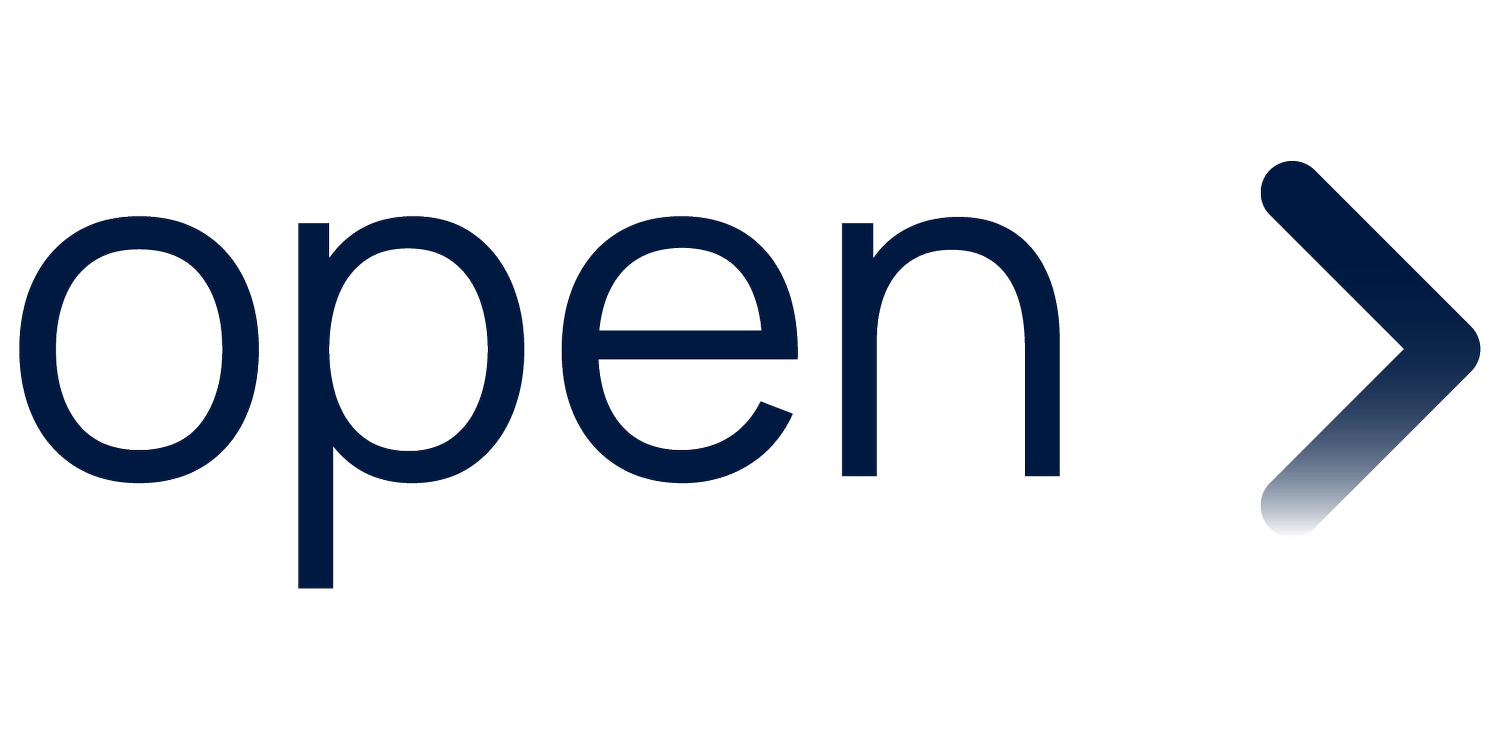Organisational communication tips for right now
Build the trust from peer to peer
The recently released 2022 Edelman Trust Barometer shows a very different story from pre-pandemic. “My Coworkers” (74%) and “Scientists” (75%) are most trusted, while government officials and journalists are the least trusted.
This means that we should play on peer storytelling and focus on helping our people connect and share, rather than going for the CEO approach that was ideal back in March and April 2020.
Streamline content and avoid information overload
Right now, I’m hearing that it is important to over-communicate. This is not true. Communication should always be strategic. It should not feel overwhelming or ‘noisy’.
If there is a pause in communication, then it should be deliberate. If you are having an ongoing dialogue, then make sure your colleagues don’t feel like 20 different people are trying to speak with them at once.
When my two boys are trying to hold separate, non-stop conversations with me at the same time, my head hurts. Imagine how bewildering it feels to an employee to have ongoing chatter from different areas of the business, all demanding attention. Equally so, don’t ghost your people. If they expect information, then be consistent.
Be bold, be consistent
Our people are craving consistency. Predictability. As we go in and out of seasonal lockdowns, with ever-changing rules and regulations, the more consistency we can give in when and how we communicate, the further this will go to building comfort and trust.
Continue to give context and be the sense-maker
Contextualising is more important than ever. With an increase in channels and an increase in the speed of change, it is tempting to pump content through all channels without stepping back and playing the connector role. Help employees make sense of different but related pieces of information.
What does this look like? Central communication roles have the privilege of working across different areas in the business. A large part of my last in-house role involved identifying overlaps in content and working with two or more different business areas to produce half the number of pieces of content.
If you are a consultant, then bring this value to the businesses that you work with. If you work with consultants, then invest in long-term relationships with people who can work across your business and help you join the dots.
Personalise your comms
Personalisation can help reduce information overload. Even basic segmentation based on location, language branch, and job type can help reduce the irrelevant information being sent out. You will keep your people more engaged if you help them feel like you understand what interests them.
Think about communicating locally in a global world. This is where we need to be driving the digital employee experience.
Listen at an organisational level
The technological boom gives additional opportunities for organisational listening. Data, statistics, insights, focus groups. Use it.
Our people are our greatest asset, and this year looks to continue to give us unexpected challenges. There are practical things we can do to initiate improvements and be the connectors between different business units and teams to drive this change.
This year is different from 2020. Let’s streamline, regroup and reset to make it a good one.

